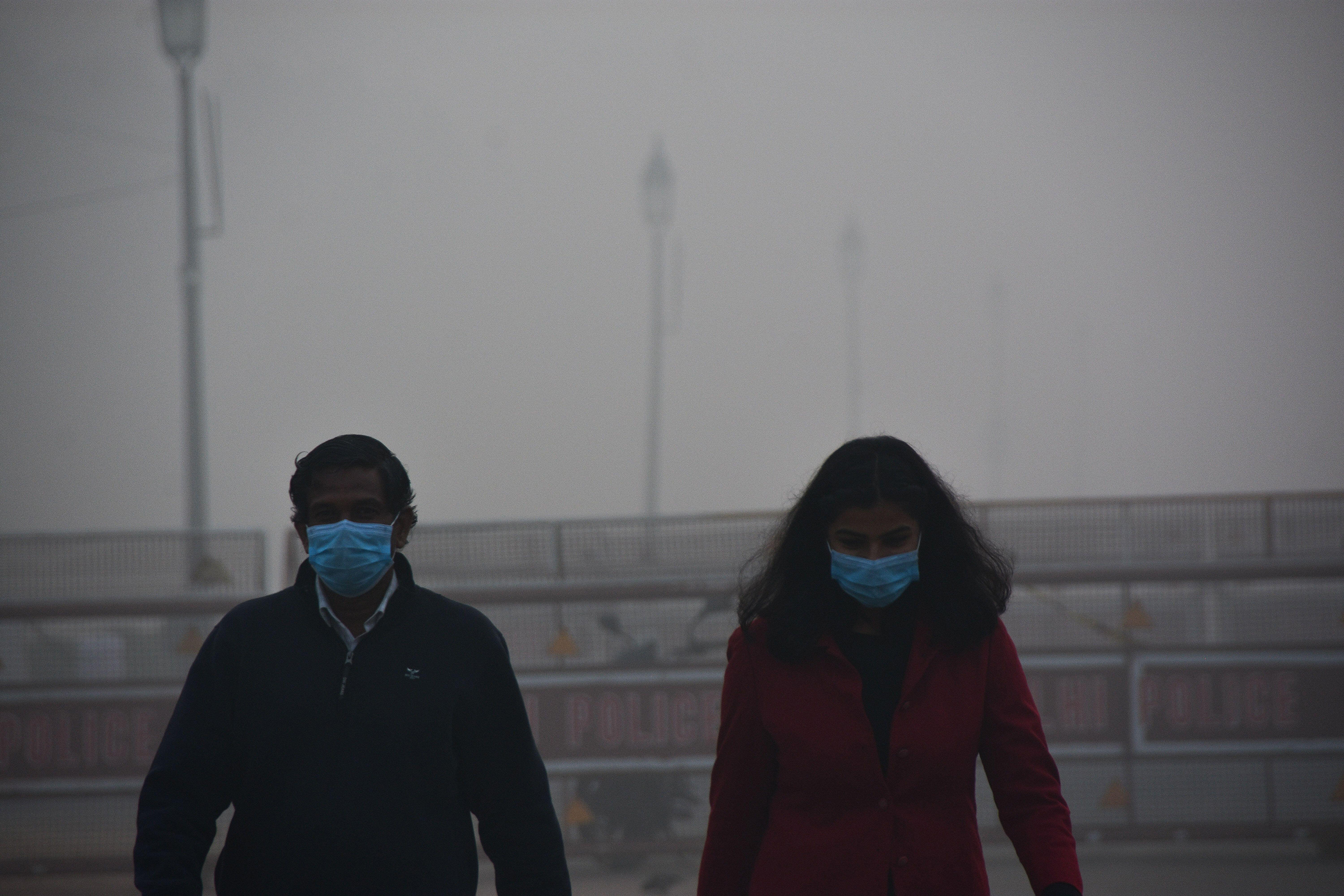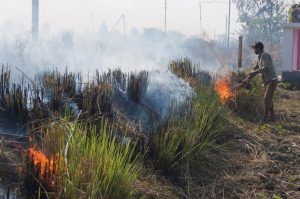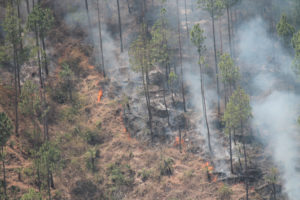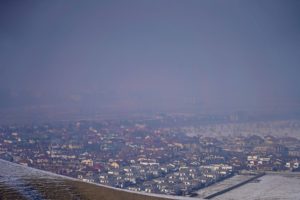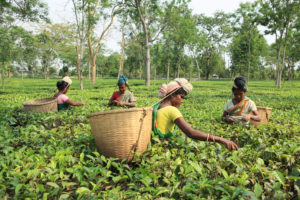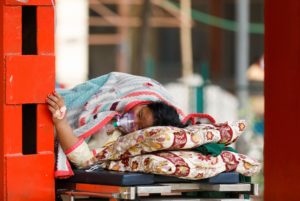Anju Verma tested positive for the coronavirus in September 2020, along with the rest of her family. With chronic asthma since childhood, Verma was dreading the impact. Instead, the 47-year-old homeopathic medicine practitioner was surprised to find that she was largely in better shape during the course of the illness than the rest of her family, with only occasional breathlessness.
Unfortunately, her ordeal did not end after her recovery. She is one of many who are no longer ill with the virus but are still suffering from a range of side effects months after the infection – a condition broadly known as ‘long Covid’.
“After having Covid-19, over the last six months I’ve been feeling more breathless if I’m exerting myself, and since then I had about five full-blown asthmatic attacks,” she said. This was something that had not occurred with such frequency before. These days, she said, “I’m more prone [than before suffering from Covid-19] to asthma attacks, particularly when pollution worsens during seasonal changes, or around Diwali.” The Hindu festival of lights, marked by fireworks in much of India, leads to a sharp rise in air pollution that can last for days.
As a new wave of Covid-19 ravages India, Verma isolates at home and only offers online consultations, for fear of being infected again.
Links between India’s air pollution and Covid-19
Asthma has been steadily rising as a disease burden since 1990, at the same time as India’s air pollution figures have become the worst in the world. The country is home to nine of the 10 most polluted cities on the planet. Even before the pandemic, a landmark global study found that in 2019 alone, 1.67 million deaths were attributable to air pollution, nearly 18% of all deaths in India.
Now a growing body of research points to long-term exposure to poor air quality as a risk factor that may aggravate Covid-19 outcomes as well. In October 2020, researchers at the London School of Economics and the University of Leeds in the UK compared levels of exposure to air pollution in the US to the incidence of Covid-19. They found that an increase of just one microgram of fine particulate matter (PM 2.5) per cubic metre of air “increases the number of confirmed cases by roughly 2% from the mean case rate in a [US] county”. The relationship between counted cases and exposure to PM 2.5 – particles with a diameter of 2.5 micrometres or less, so fine that they can penetrate the bloodstream through the lungs – worsened during periods of poor air quality.
Air pollution may weaken the immune system against Covid-19; PM 2.5 particles can also act as virus carriersDebashis Nath, Sun Yat-sen University, China
Air pollution plays two parts in this pandemic, said Debashis Nath, a researcher at the School of Atmospheric Sciences, Sun Yat‐sen University, in China. “It may weaken your immune system, which makes you more susceptible to the Covid-19 infection.”
“But PM 2.5 particles in the atmosphere can also act as carriers. The virus sits on them and lingers for longer in the environment.” As well as pollution, Nath’s early research on 20 Indian cities that at the beginning of the pandemic counted more than 500 cases suggests that temperature and humidity also contribute to creating a fertile environment for the virus to thrive. Nath’s team found that in the initial phase of the spread, most new Covid-19 cases “are clustered at temperature and humidity ranging within 27 and 32 degrees Celsius and 25 to 45%, respectively.” Because it is airborne, Nath explained, the coronavirus has “a close dependence on environmental factors like temperature and humidity”.
These findings, the authors argue, will help predict future Covid‐19 outbreaks and model vulnerable cities based on environmental conditions. But once the virus starts spreading among people, the so-called ‘community spread’, the fact that cities like Delhi currently fall in the ideal temperature range for the virus to survive only add to its unstoppable proliferation.
A doctor’s view
Hundreds of patients, many in critical condition, receive care at the Holy Family Hospital in Delhi. It is one of the top health facilities in the country and has been at the forefront of the Covid-19 response since last year. Paediatrician Dinesh Raj is among the doctors working flat out to keep the Covid-19 ward going. “Having been treating Covid patients, I feel that people who have compromised lungs are more likely to have bad outcomes,” he said. “And it has been proven that increased pollution leads to weaker lungs.”
He explained that there are many factors that can contribute to poor outcomes for Covid-19 patients, such as obesity, diabetes, or hypertension.
Indians are born with a lower lung volume to begin with, plus chronic exposure to air pollutionDinesh Raj, Holy Family Hospital, New Delhi
“It is very difficult to say how much pollution is contributing to [the severity of each case],” he said. “But due to factors such as mother and child malnutrition, Indians are born [on average] with a lower lung volume to begin with, plus chronic exposure to air pollution.” The lung function of a 40-year-old Indian, he said, is not the same as a 40-year-old born and raised in Europe.
“We have an inherent disadvantage. We have been seeing a lot of young people in their 30s and 40s, without any significant comorbidities, admitted with Covid-19 leading to severe lung disease.” In India, Raj explained, as well as neighbouring countries such as Bangladesh and Pakistan, the virus is harder to control for several reasons. In addition to lung capacity being weakened by chronic air pollution exposure, “how can a family of six who stay in a single room maintain basic social distancing? Despite knowing fully how this virus transmits, we cannot prevent [the contagion] from increasing [among] this socio-demographic.” He added: “This epidemic is bound to have bigger effects on India [than in the rest of the world]. It’s very, very difficult to stop.”
